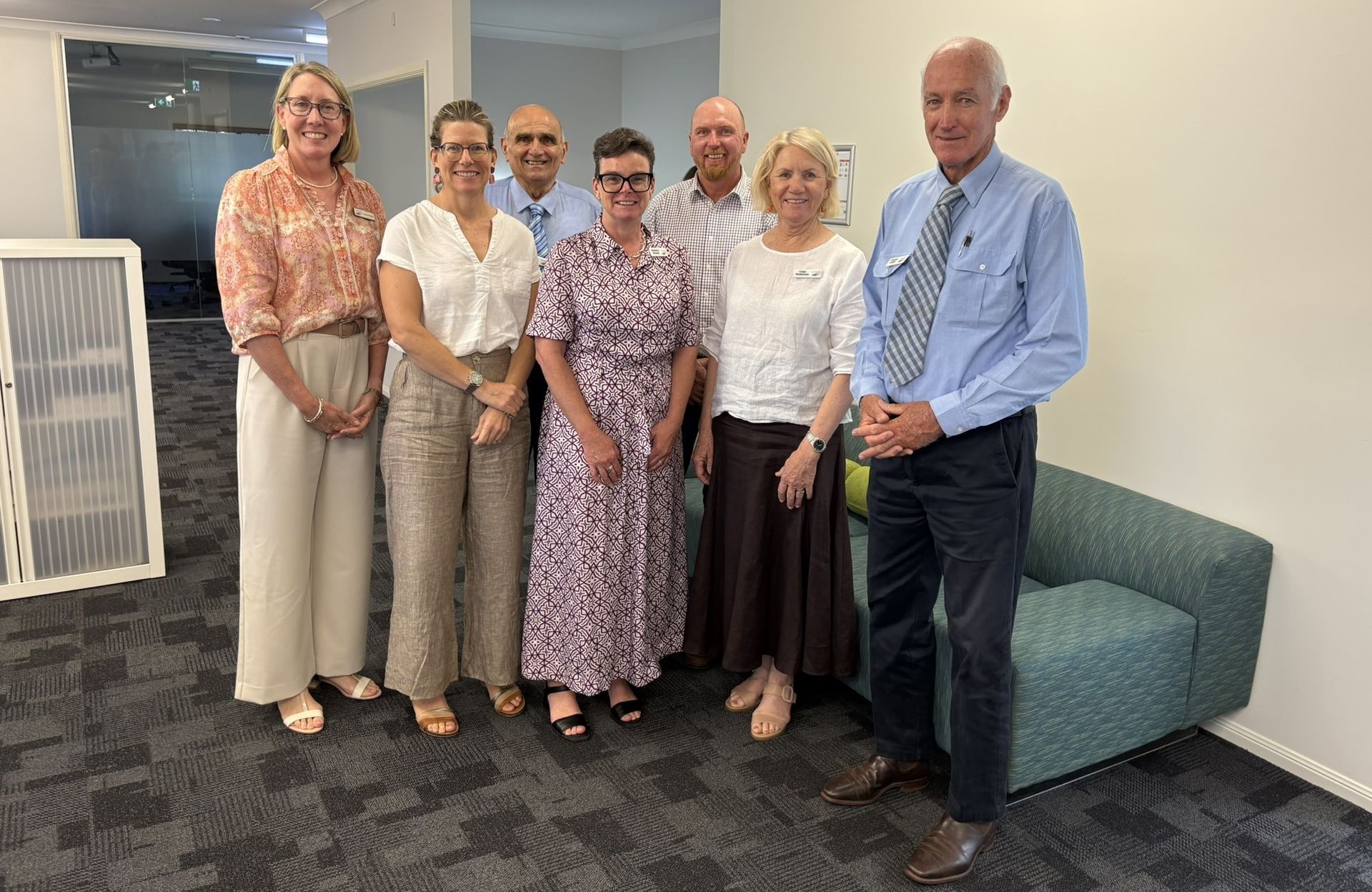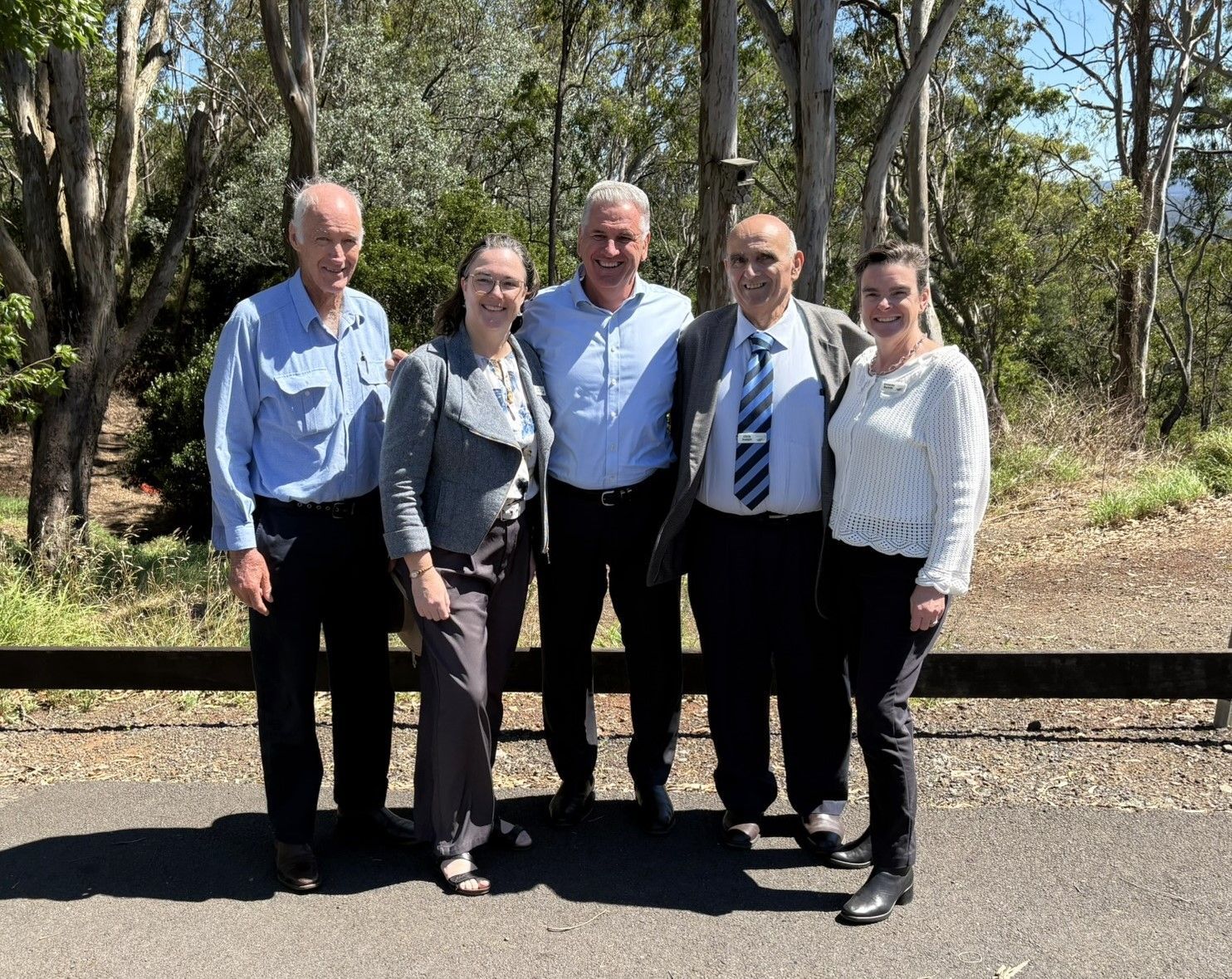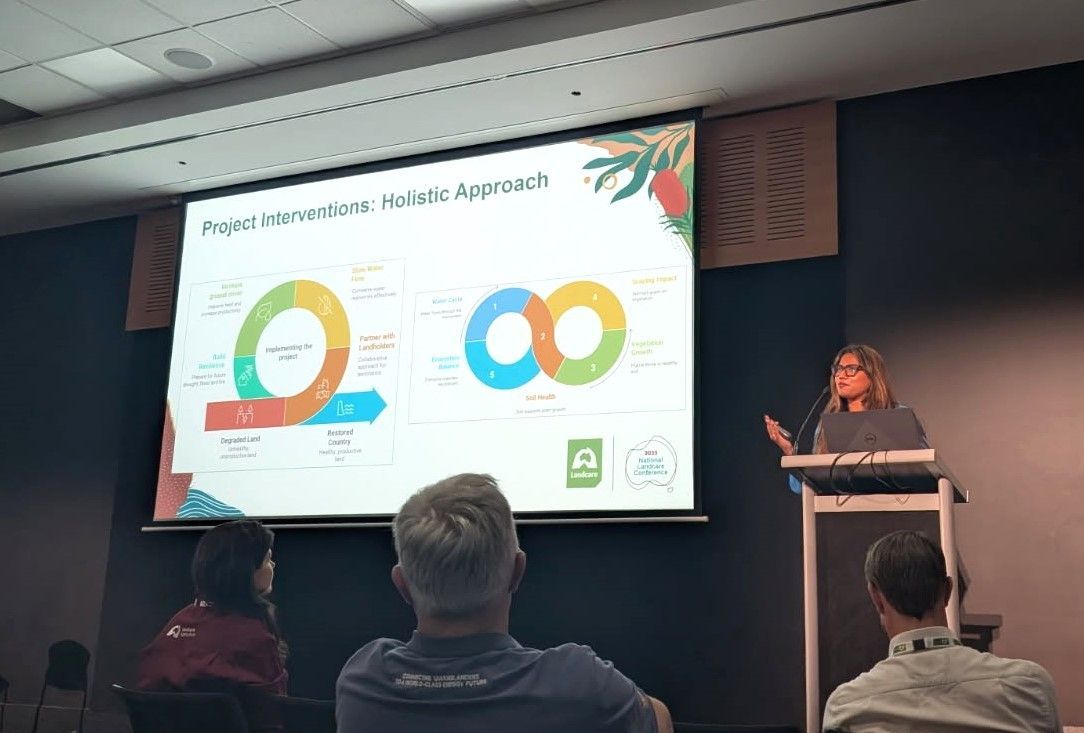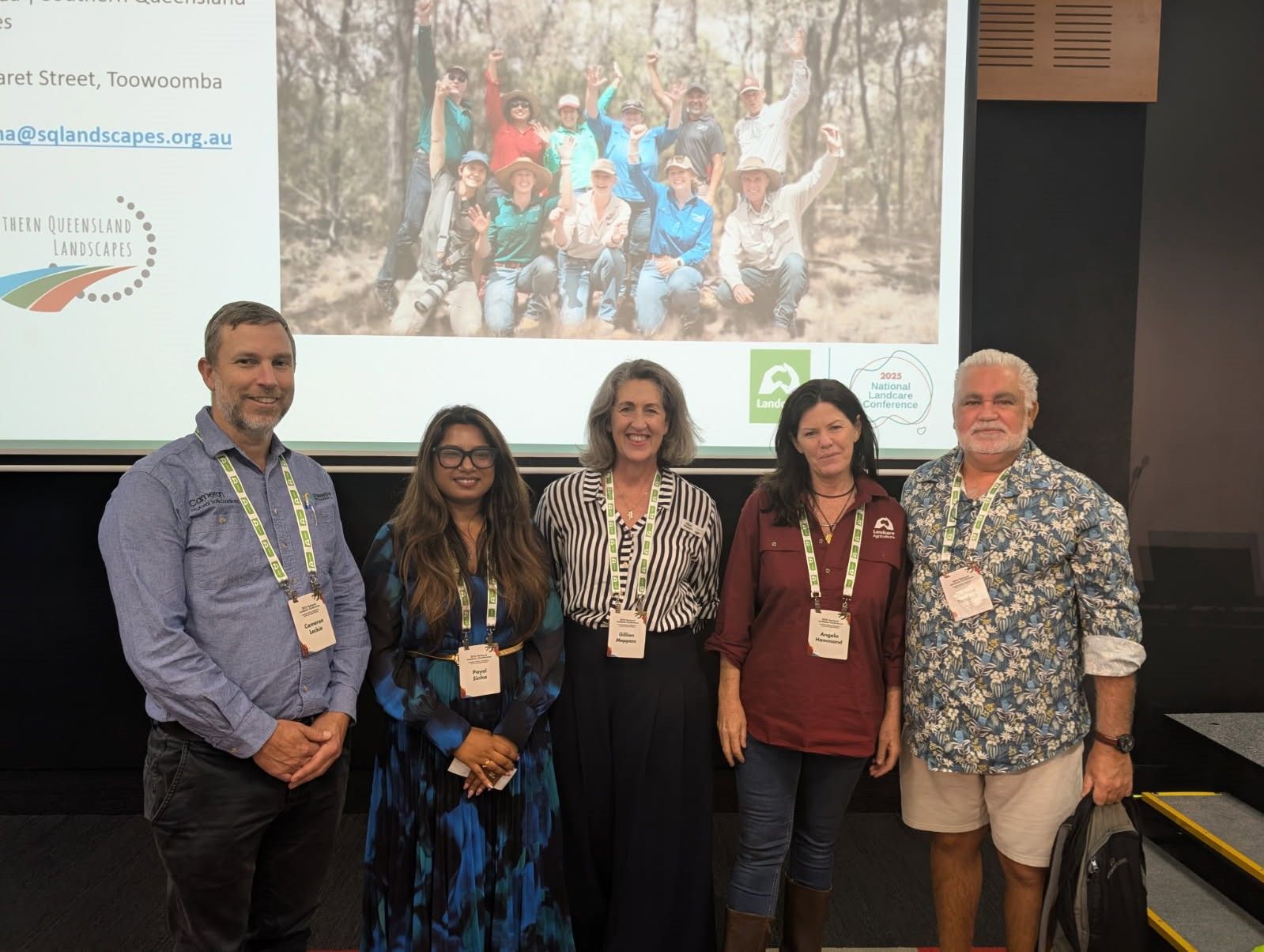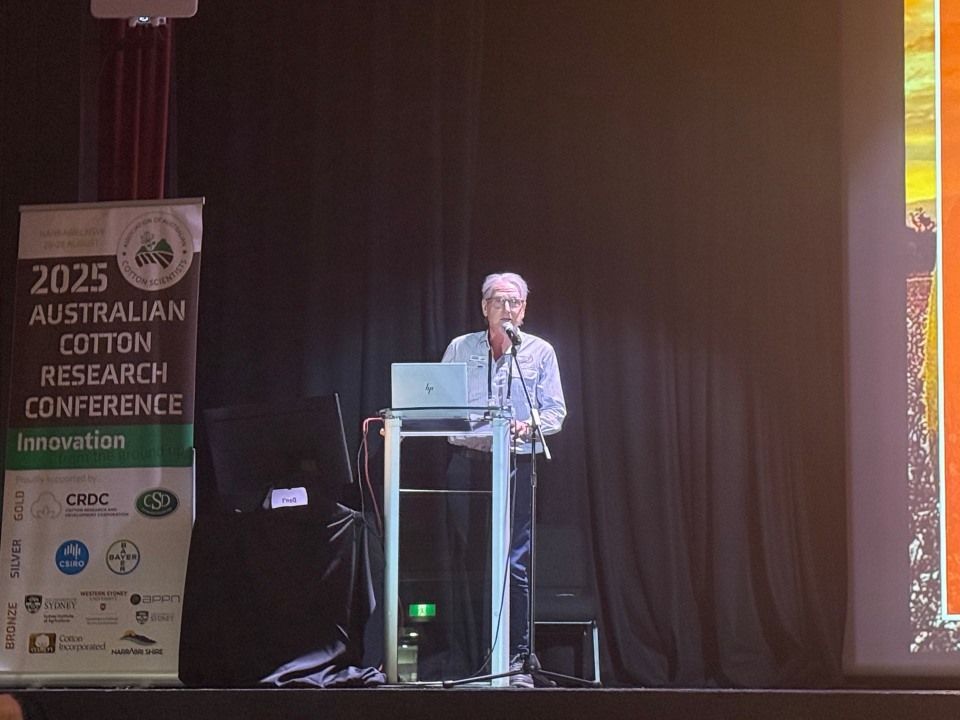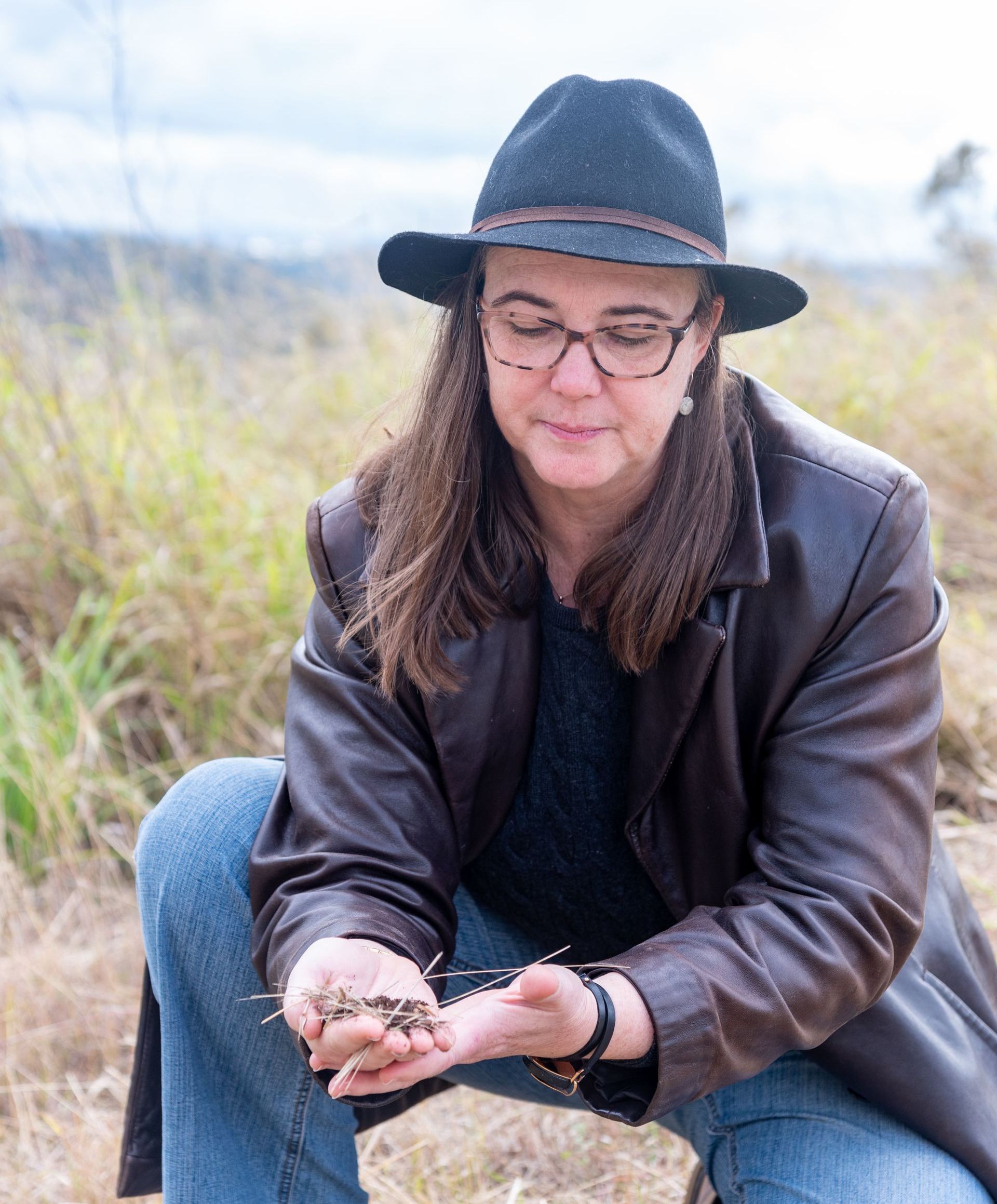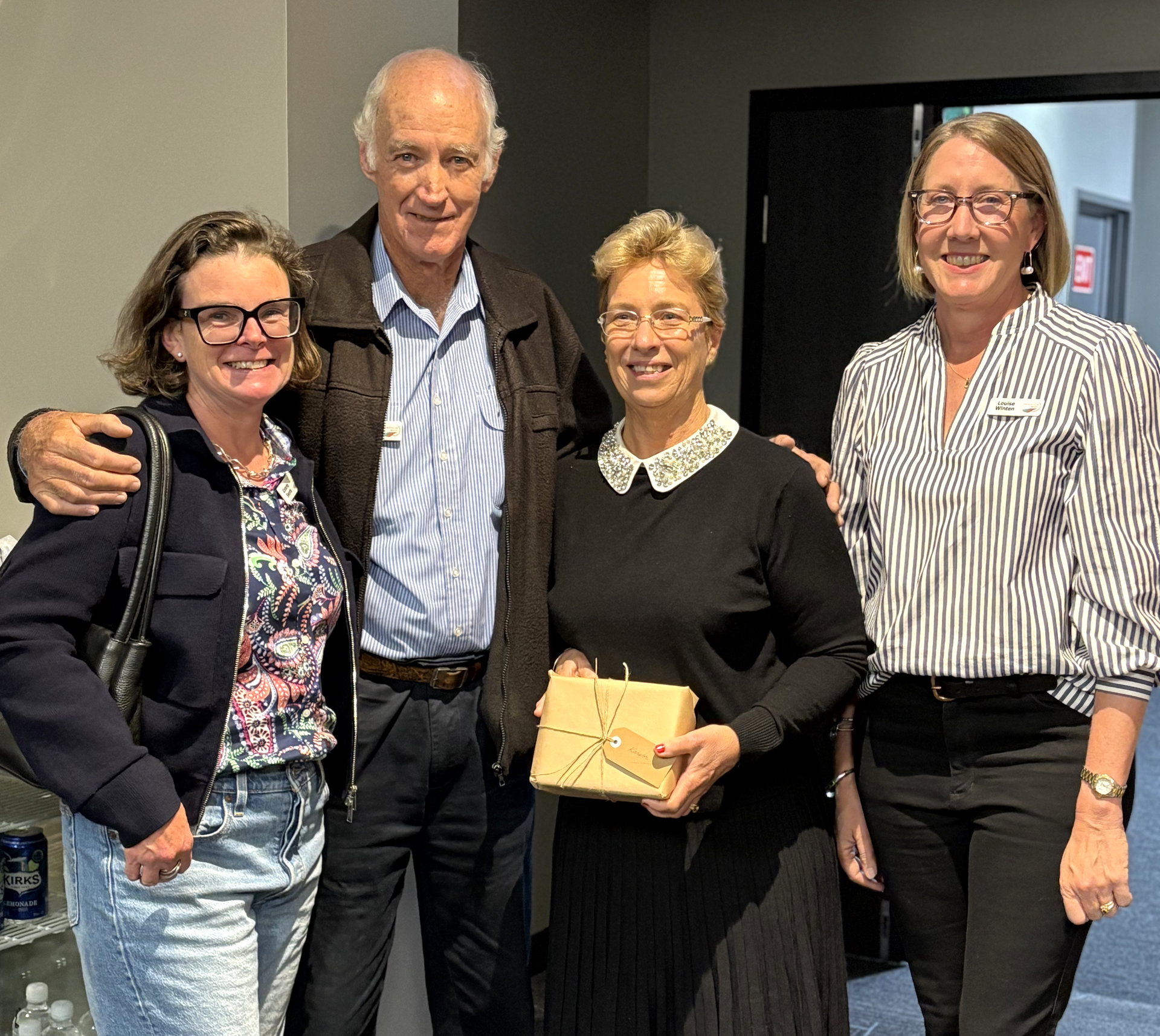A Queensland project to protect native fish is set to invest the lion’s share of its $6.6 million Australian Government funding package back into Australian businesses, manufacturers and contractors.
The Fish Friendly Water Extraction project, funded by the Australian Government as part of the Northern Basin Toolkit Measures, aims to work with irrigators, local governments and communities to screen off-take pumps and diversions in the Condamine, Balonne and Border Rivers catchments to protect both native fish and water infrastructure.
Natural resource management group, Southern Queensland Landscapes is rolling out the project on behalf of the Queensland and Australian Governments and has made it a priority to engage Australian businesses like AWMA Water Control Solutions to manufacture tailor made fish screens designed and built in Australia for Australian irrigators.
SQ Landscapes Knowledge and Information Support Officer Dr Paul Webb said working with Australian manufacturers, contractors and producers keeps federally invested funds in Australia.
“At this stage, SQ Landscapes is on track to utilise
all Australian businesses in this project from the manufacturers, to the distributors, to the contractors who install the screens,” Dr Paul Webb said.
“We’re investing in Australian delivery partners like AWMA and GrowAus and in doing so, helping to strengthen rural communities,” Dr Webb said.
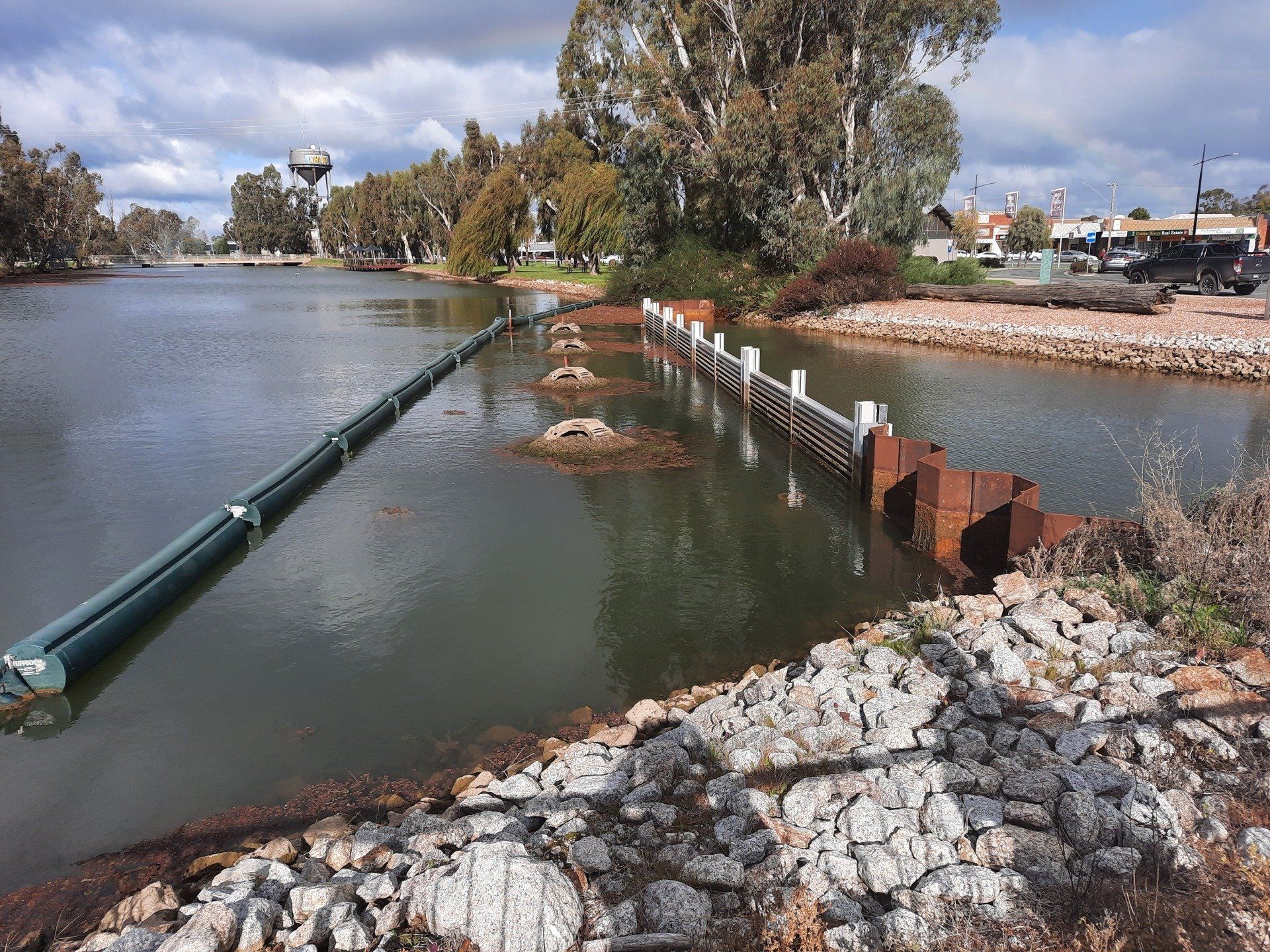
AWMA Senior Business Development Manager Corey Brightwell said the fish screens they have designed and manufactured here in Australia for use in the Fish Friendly Water Extraction project meet the needs and requirements of irrigators dealing with ephemeral river systems which see floods and high trash loads.
AWMA Senior Business Development Manager Corey Brightwell said the fish screens they have designed and manufactured here in Australia for use in this project meet the needs and requirements of irrigators dealing with ephemeral river systems which see floods and high trash loads.
“Our fish screens have been researched, tested and proven by the New South Wales Department of Primary Industries - Fisheries for over a decade now,” Corey Brightwell said.
“Being regional people, AWMA officers know first-hand what is expected from land managers, that is, the value of efficient water extraction and importance of environmental conservation,” Mr Brightwell said.
“By using local manufacturers you get the local support, quick service, tailored solutions and it essentially eliminates the supply chain risk associated with international products,” he said.
“At the end of the day, the land managers will be installing a product that will be there for a number of years, so they want to know it is going to work, is designed to last
and has low maintenance requirements - and that’s where we come in to provide that confidence and assurance.”
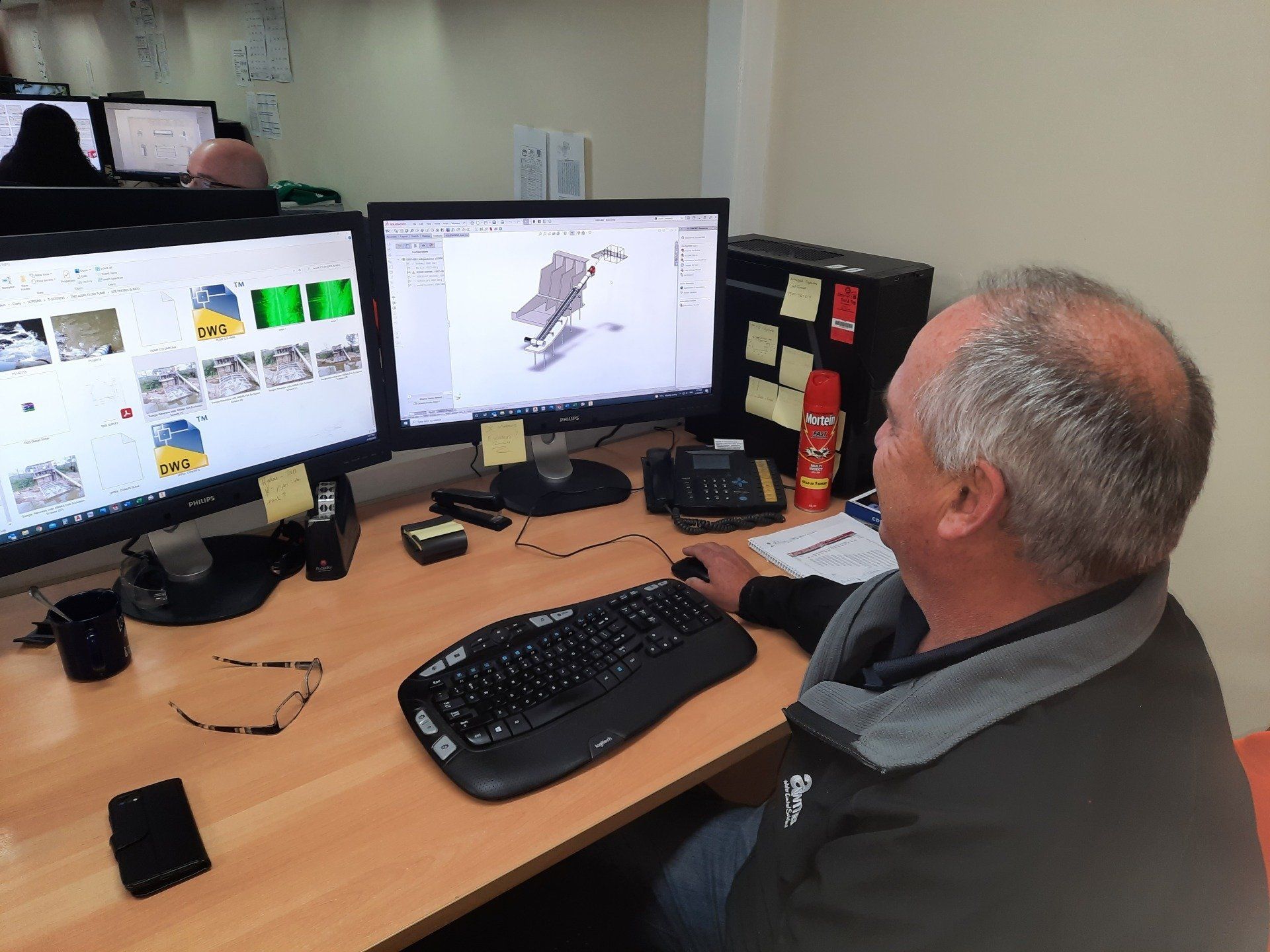
"Our fish screens have been researched, tested and proven by the NSW Dept of Primary Industries - Fisheries for over a decade now" - Corey Brightwell.
AWMA will be working with Dalby-based business GrowAus to specially design and install a fish screen for an irrigator in the Gowrie Creek Catchment.
GrowAus Group Manager Daniel Cobden said supporting local business by using Australian made infrastructure is a no-brainer for people in the region.
“In the Country, it’s nearly common sense to support one another, it’s in our nature, it’s what we do; COVID has knocked retail around in many sectors so it’s important to support local,” Daniel Cobden said.
“A lot of our products and irrigation solutions are custom made, GrowAus does a lot of custom fabrications in-house, and where we can, we try to get everything sourced from Australian businesses,” Mr Cobden said.
“It is very important from a quality assurance standpoint to get the designs and drawings for the fish screens in front of local land managers so everyone is on the same page,” he said.
“Support locals and the locals will support you in return.”
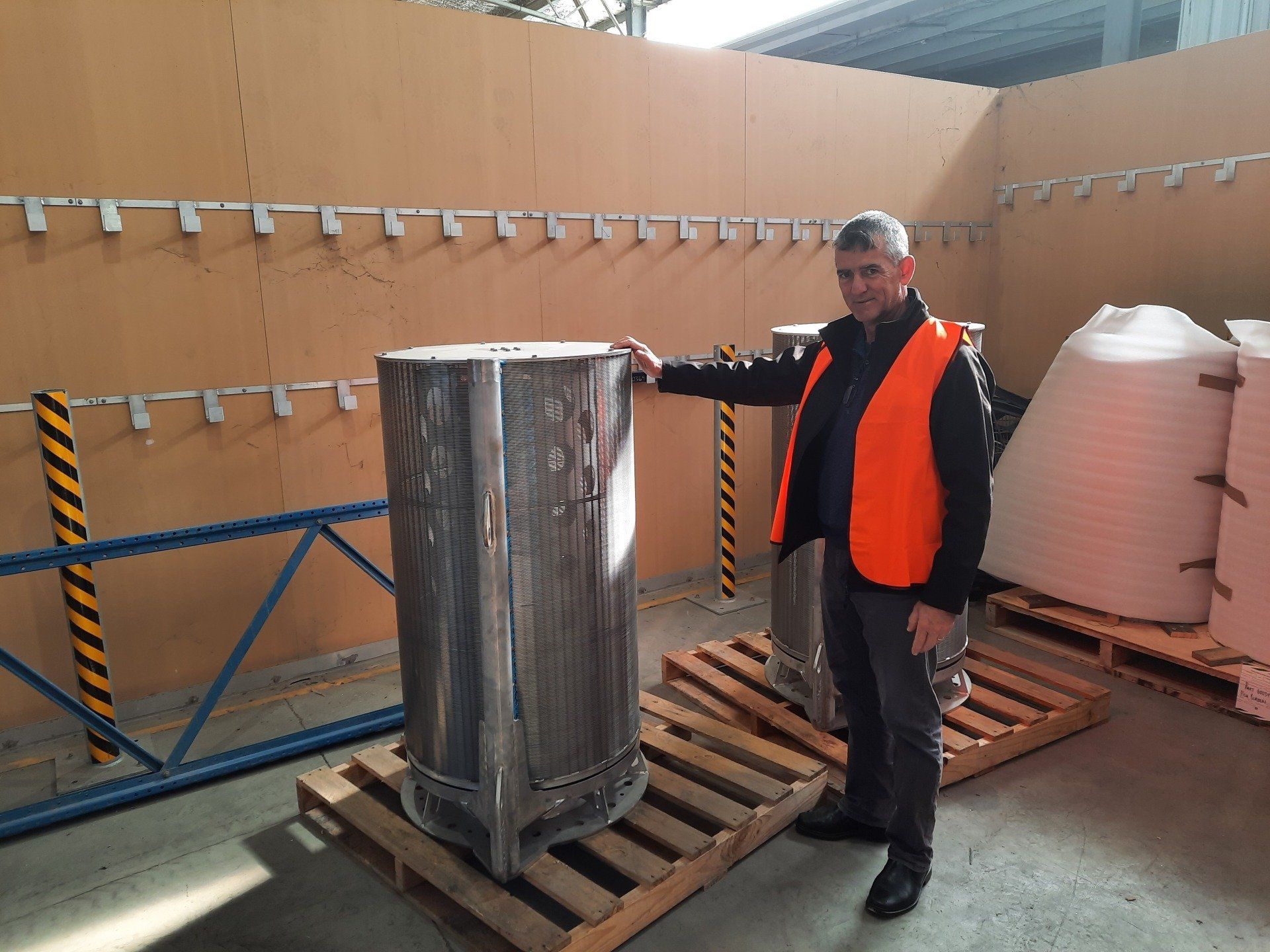
"At this stage, SQ Landscapes is on track to utilise all Australian businesses in this project from the manufacturers to the distributors to the contractors who install the screens." - Dr Paul Webb
Meanwhile Bowenville land manager Matt Finch is just one irrigator under the Fish Friendly Water Extraction project working with GrowAus and SQ Landscapes to improve his river health.
“Supporting Australian businesses has provided us with confidence throughout the process of design and manufacturing; having a relationship with your suppliers means we can get exactly what we need,” Matt Finch said.
“We are fitting fish excluders to two pumps in our dam in the Oakey Creek system in the hopes it will reduce the number of native fish ending up in our dam; plus we won't have problems with tiny fish being stuck in our screens and blocking them up,” Mr Finch said.
“We are looking for infrastructure that can improve the environment, and that the infrastructure is low maintenance and has longevity,” he said.
“By using local contractors, we are getting a system that's been tailor made for our needs - unique to what we need that has not been mass produced.”
SQ Landscapes’ Dr Paul Webb said working with Australian manufacturers, contractors and producers is one of the best parts of his job.
“All I can think is
Aussie Aussie Aussie! Teamwork and collaboration with Australian businesses ensures our suppliers meet the high standards of quality and their products are specifically designed for the Australian conditions,” he said.
“My recent visit to the AWMA factory reiterated that the fish screens are an Australian product made by Australians for Australians. They are Australian made for the Australian conditions.”
Land managers interested in learning more about the Fish Friendly Water Extraction project can get in contact with Southern Queensland Landscapes via email at ffwe@sqlandscapes.org.au or via https://www.sqlandscapes.org.au/native-fish-friendly-water-extraction.
The Australian Government funded Fish Friendly Water Extraction (Qld) project is a $6.6 million investment as part of the Northern Basin Toolkit Measures. Supported by the Queensland Department of Regional Development, Manufacturing and Water, the project will work with irrigators, local governments and communities to screen off-take pumps and diversions in the Condamine, Balonne and Border Rivers catchments to protect both native fish and water infrastructure.
